Green tea is a super drink that many people love. It’s not just tasty but also good for your health. There are so many types of green tea that it can be hard to pick which one to try. Here, we’ll talk about 8 green tea varieties, each special in their own way.
Green Tea Varieties
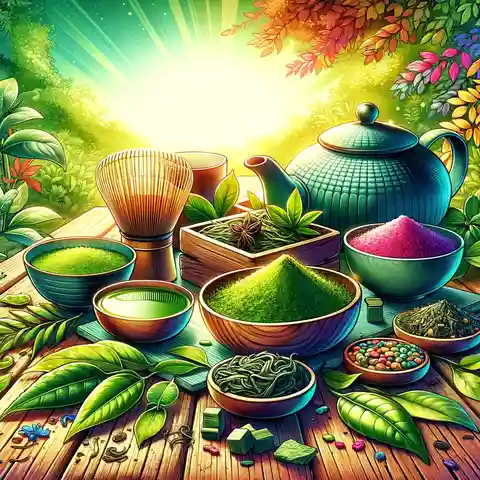
Get ready to explore the delicious world of green tea!
1. Sencha – The Popular One
Sencha comes straight from Japan, a country known for its deep tea traditions.
Taste: Sencha offers a delightful experience with its fresh and slightly grassy flavor. Its taste can remind you of a crisp, sunny morning in a lush, green field.
Fun Fact: Sencha isn’t just popular. It represents about 80% of all the tea produced in Japan, making it a true favorite among tea lovers there.
Why It’s Loved: Sencha is versatile. You can enjoy it hot or cold, making it perfect for any season. Its refreshing taste can be a great start to your day or a relaxing break in the afternoon.
2. Matcha – The Bright Green Powder
Matcha is a bright green powder that is very famous around the world.
Origin: Like Sencha, Matcha also hails from Japan.
Taste: Matcha is known for its rich, slightly sweet, and complex flavor. Its taste profile is deep and can range from creamy to slightly bitter, depending on its quality.
How to Make It: Preparing Matcha is like performing a small ritual. Sift the green powder into a bowl, add hot water (not boiling), and whisk it until it’s frothy. This process not only makes a delicious drink but also a moment of calm.
Cool Thing: Matcha is incredibly versatile in culinary uses. It’s a star in Japanese tea ceremonies, symbolizing harmony and respect.
3. Genmaicha – The One with Rice
Origin: This esteemed green tea comes from the Zhejiang province in China. Longjing tea is often considered the national drink of China and is celebrated for its high quality.
Genmaicha is a unique green tea because it has roasted brown rice in it. This rice gives the tea a nutty flavor and a special aroma.
Taste: The flavor of Longjing is distinctively smooth, with a slightly nutty and sweet aftertaste. Its taste is refined, offering a calming, sensory experience.
Special Thing: Longjing tea is often given as a prestigious gift, reflecting honor and respect.
4. Gyokuro – The Shade-Grown Tea
How It Grows: Gyokuro tea plants are covered to keep them out of direct sunlight for about three weeks before they are picked. This special step makes the leaves rich in good stuff like chlorophyll and an amino acid called L-theanine.
Tastes Like: This tea is famous for its deep green color and a taste that’s both sweet and full of umami (a savory flavor).
How to Make It: Use cooler water, between 140°F and 160°F (60°C to 70°C), and let the tea steep for about 2 to 3 minutes. This way, you get a smooth and gentle flavor.
Why It’s Unique: Gyokuro is a high-end tea because it needs a lot of careful attention to grow and prepare.
5. Hojicha – The Roasted Tea
What Happens to It: The leaves of Hojicha tea are roasted at high heat. This process changes their color to a reddish-brown and makes the tea taste smoky and a bit like wood.
Caffeine: Because of the roasting, Hojicha doesn’t have much caffeine.
Variety: Hojicha can be made from different parts of the tea plant, which means it can taste a bit different each time you try it.
When to Drink It: This tea is perfect for the colder months because it’s warming.
6. Longjing – The Dragon Well
Where It’s From: Longjing tea comes from a place in China called the West Lake region in Hangzhou. It’s one of the most famous green teas because it’s really high quality and tastes great.
Looks and Tastes: The leaves are flat and green, and they get this way from being pan-fired. This tea is a little sweet, kind of like chestnuts, and it’s very smooth to drink.
Making the Tea: The best temperature for the water is between 175°F and 185°F (80°C to 85°C). Using water that’s just the right temperature helps keep the flavor and smell nice and strong.
7. Bancha – The Everyday Tea
What is Bancha?: Bancha is a type of green tea that comes from Japan, kind of like a cousin to Sencha tea. But, it has its own unique twist with a bolder flavor.
Taste: This tea is known for being a bit stronger and more robust than Sencha, which means it has a hearty taste that many people enjoy.
Why People Like It: One big reason people choose Bancha is because it’s more affordable.
Best Time to Drink: Since it’s both refreshing and strong, Bancha is perfect for any time of day. Whether you need a morning pick-me-up or an afternoon refresh, Bancha has got you covered.
8. Jasmine Green Tea – The Floral One
Floral Magic: Imagine taking a sip of tea and feeling like you’re smelling a bouquet of flowers. It’s green tea that’s been infused with the scent of jasmine flowers.
Taste and Smell: It’s got a sweet taste and a beautiful, flowery smell that can make your tea time feel extra special.
Why Try It: If you’re someone who loves floral flavors or enjoys trying new and interesting tastes, Jasmine Green Tea is a must-try. It’s like a sip of spring in a cup.
When to Enjoy: Jasmine Green Tea is great for moments when you want to relax and treat yourself.
Why is Green Tea Great?

Green tea is super good for you. Let’s talk about why it’s so awesome:
Full of Antioxidants
Green tea has something called antioxidants. They fight off the bad guys in your body called free radicals. These bad guys can make you sick. But don’t worry, the antioxidants in green tea keep your cells safe and happy.
Makes You Feel Awake
Feeling sleepy? A cup of green tea can wake you up! It has a little bit of caffeine, but not too much. So, you won’t feel all shaky. There’s also something in it called L-theanine that helps your brain feel sharp. It’s like a gentle wake-up hug!
Good for Your Heart
Green tea loves your heart. It helps keep your cholesterol in check, making sure the good kind is up and the bad kind is down. This is like giving your heart a little shield to keep it strong and healthy.
Helps You Stay Fit
Trying to lose some weight? Green tea can be your friend. It makes your body burn fat quicker. Some people even say it helps you lose belly fat.
Keeps Your Brain Smart
Green tea is also smart for your brain. It can help keep your brain feeling young and sharp. This means you might remember things better and keep your brain healthy as you get older.
Fights Germs
Got a toothache or don’t want to catch a cold? Green tea can help fight off germs, keeping your teeth healthy and maybe even stopping you from getting sick.
Calms You Down
Feeling stressed? A cup of green tea can help you relax. It has something that helps you feel less stressed and more chilled out. It’s like a calm breeze for your mind.
So, green tea is pretty amazing, right? It keeps you awake, helps your heart, helps you stay fit, makes your brain smart, fights germs, and even helps you relax. That’s why green tea is a superhero drink!
Tips for Enjoying Green Tea
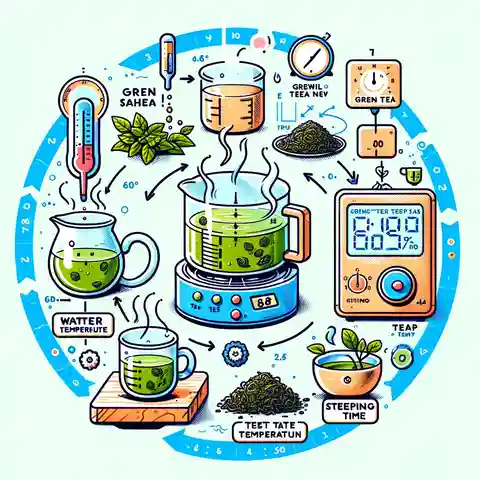
Green tea is a versatile and delightful drink, but making it just right can sometimes be tricky. Here are some tips to help you get the most out of your green tea experience and enjoy every sip to the fullest:
Perfect Water Temperature
- What to Do: Aim for cooler water temperatures between 150°F to 180°F (65°C to 80°C). If you don’t have a thermometer, a good trick is to let boiling water sit for about 5 minutes before pouring it over your tea.
Just the Right Steeping Time
- Why It Matters: Like water temperature, how long you let your green tea steep affects its flavor. It’s too short, and you might miss out on the depth of taste. Too long, and you could end up with a bitter brew.
- What to Do: Steep your green tea for 1 to 3 minutes. Tasting your tea as it steeps can help you find the perfect balance.
Explore Different Types
What to Do:
- Start with Samples: Try a variety of green teas to explore the range of flavors. Many tea shops offer sampler packs.
- Note Your Preferences: Keep track of which teas you enjoy and why.
- Pair with Foods: Some green teas pair wonderfully with certain foods.
Mind Your Water
- Why It Matters: The water quality used to brew your tea can make a big difference. Hard water or water with a strong taste can interfere with the flavors of green tea.
- What to Do: Use filtered or spring water if possible. This will help ensure that the only taste in your cup is the delicious flavor of your green tea.
Brewing Technique
- Why It Matters: How you prepare your green tea can affect its taste and health benefits. For example, covering your tea while it steeps can help trap the aromas and flavors.
- What to Do: Consider the brewing vessel (a teapot, a cup with infuser, etc.) and whether pre-warming it could enhance your tea experience. Gentle stirring or swirling can also help evenly distribute the flavors.
Whether you prefer Sencha’s classic taste, Matcha’s creamy richness, or the unique flavors of Genmaicha and Hojicha, there’s a green tea out there for everyone.
Enjoy your favorite green tea type and savor its delicious, healthful benefits to your cup!

A renowned expert on tea parties, holds a deep understanding of the South Florida tea party scene and has extensive knowledge about tea parties across the globe.
With a rich background spanning several years, they have immersed themselves in the traditions, nuances, and cultural aspects of tea gatherings worldwide.
writings reflect a blend of firsthand experience and scholarly research, offering readers an authentic and comprehensive perspective on the world of tea parties.






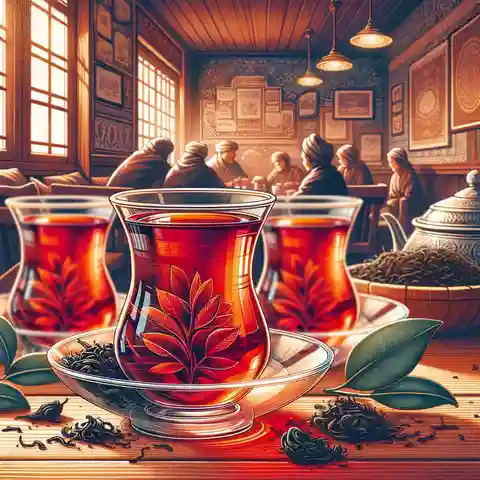
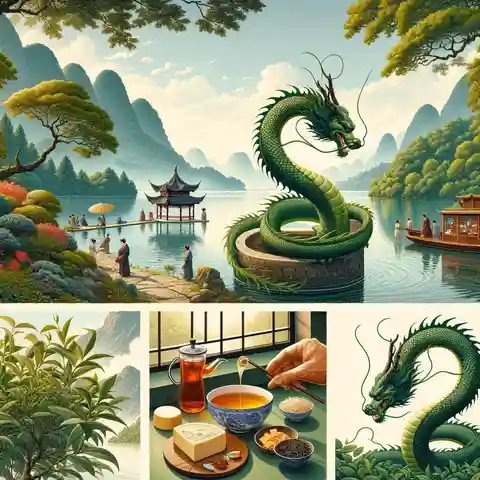
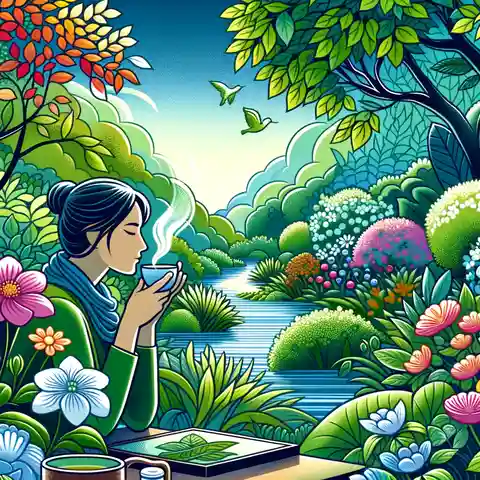


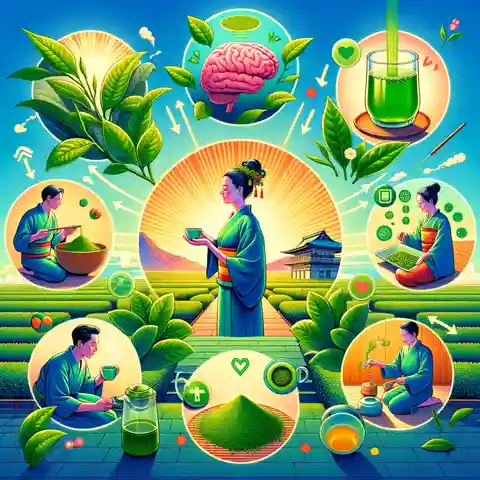
Add Comment